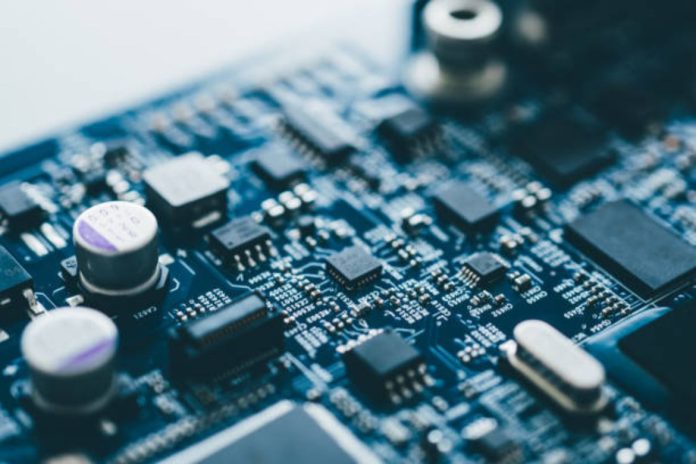In our increasingly digital world, electronic design is at the heart of countless innovations, from everyday gadgets to complex industrial systems. Whether you’re developing a new consumer product, upgrading an existing device, or embarking on a groundbreaking technology project, understanding electronic design is crucial. In this blog, we’ll explore the fundamentals of electronic design, the latest trends, and how to select the right electronic design company to bring your vision to life.
What is Electronic Design?
Electronic design encompasses the process of creating and developing electronic circuits and systems. This field integrates principles from electrical engineering and computer science to design functional and efficient devices. It involves various stages, including:
- Concept Development: Defining the objectives and requirements for the electronic system or device.
- Circuit Design: Creating schematics and selecting components to achieve the desired functionality.
- Simulation: Testing the design using software to predict performance and identify potential issues.
- Prototyping: Building a physical model to validate the design and make necessary adjustments.
- Testing and Validation: Ensuring that the design meets all specifications and performance criteria.
- Production: Preparing the design for mass manufacturing, including finalizing schematics and layouts.
Key Trends in Electronic Design
The field of electronic design is constantly evolving, driven by technological advancements and changing consumer needs. Here are some of the most notable trends shaping the industry today:
1. Internet of Things (IoT)
The Internet of Things is revolutionizing how devices interact and communicate. Electronic design for IoT involves creating smart, connected devices that can collect and exchange data. This trend is driving innovations in home automation, healthcare, and industrial applications.
2. Wearable Technology
Wearable devices like smartwatches and fitness trackers are becoming increasingly popular. Designing these devices requires integrating small, efficient electronic components with advanced sensors and connectivity features to deliver seamless user experiences.
3. Advanced Semiconductor Materials
The development of new semiconductor materials, such as graphene and silicon carbide, is enhancing the performance and efficiency of electronic devices. These materials enable faster processing speeds, lower power consumption, and greater durability.
4. Power Efficiency and Energy Harvesting
As energy efficiency becomes more critical, electronic design is focusing on reducing power consumption and exploring energy-harvesting techniques. Innovations in low-power electronics and renewable energy integration are paving the way for more sustainable technology solutions.
5. Artificial Intelligence (AI) Integration
AI is increasingly being incorporated into electronic design to enhance device functionality and automation. From intelligent sensors to adaptive algorithms, AI integration is driving advancements in various sectors, including automotive, healthcare, and consumer electronics.
Choosing the Right Electronic Design Company
Selecting the right electronic design company is a critical step in ensuring the success of your project. Here are some factors to consider when making your choice:
1. Expertise and Experience
Look for a company with a proven track record in electronic design. Check their portfolio to see if they have experience in your specific industry or with the type of device you’re developing. An experienced company will bring valuable insights and expertise to your project.
2. Technical Capabilities
Evaluate the company’s technical capabilities, including their proficiency in circuit design, simulation, prototyping, and testing. Ensure they have access to the latest tools and technologies to deliver high-quality results.
3. Innovative Approach
Choose a company that demonstrates a commitment to innovation and staying abreast of industry trends. An innovative approach can lead to creative solutions and enhancements that set your project apart from the competition.
4. Communication and Collaboration
Effective communication is essential for a successful partnership. Select a company that prioritizes clear and transparent communication, providing regular updates and involving you in key decisions throughout the design process.
5. Reputation and Reviews
Research the company’s reputation by reading client testimonials and reviews. Positive feedback and successful case studies can provide reassurance about the company’s reliability and quality of work.
6. Cost and Timeline
Consider the company’s pricing structure and ability to meet your project’s timeline. While cost is an important factor, it’s essential to balance it with quality and delivery timelines to ensure the best outcome for your project.
Conclusion
Electronic design is a dynamic and vital field that drives technological progress across numerous industries. Understanding the fundamentals of electronic design and staying informed about current trends can help you make informed decisions for your projects. Choosing the right electronic design company is crucial for bringing your vision to life, and exemplify the expertise and innovation needed to succeed in today’s competitive landscape.
Whether you’re developing a new device or upgrading an existing one, partnering with a skilled electronic design company can make all the difference. Embrace the exciting possibilities of electronic design and explore how it can enhance your technological ventures.








